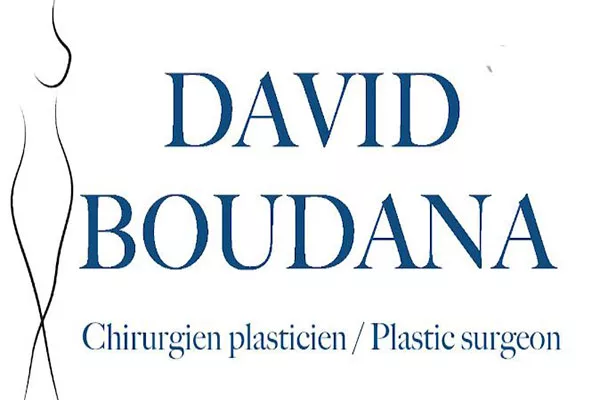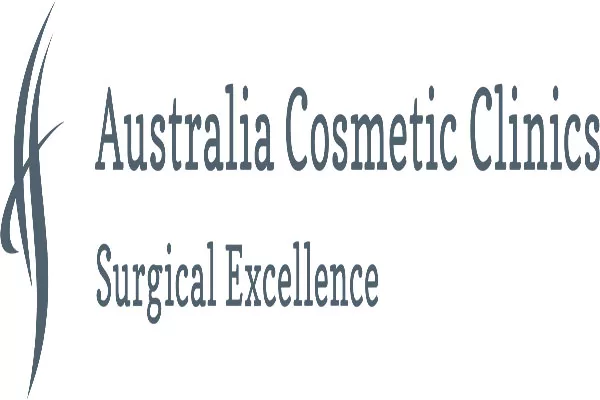Breast augmentation is a common cosmetic surgical procedure where a woman’s breasts are enlarged through the use of implants. However, like any medical procedure, there are risks and potential complications associated with breast augmentation. One such complication is the development of Anaplastic Large Cell Lymphoma (ALCL), a rare type of cancer that can form around breast implants. In this article, we will discuss what ALCL is, how it is linked to breast implants, and what you need to know if you are considering or have already undergone breast augmentation surgery.
What is Anaplastic Large Cell Lymphoma (ALCL)?
Anaplastic Large Cell Lymphoma is a rare type of non-Hodgkin lymphoma which begins when immune system cells in the body called T-cells mutate and grow out of control. It can occur anywhere in the body, but ALCL associated with breast implants is a specific type of the condition that develops around the implant in the breast tissue or the surrounding scar tissue. This type of ALCL is known as Breast Implant-Associated Anaplastic Large Cell Lymphoma (BIA-ALCL). ALCL is rare and the incidence rate is estimated to be between 1 in 3,817 and 1 in 30,000 women with textured breast implants. Textured implants have been found to be more likely to cause BIA-ALCL than smooth-surfaced implants.
How is ALCL linked to Breast Implants?
The link between ALCL and breast implants was first discovered in 1997 when a patient with breast implants was diagnosed with ALCL. Since then, there have been many cases reported globally. The current understanding is that BIA-ALCL is not breast cancer but is rather a cancer that arises from the immune system cells that grow abnormally due to chronic inflammation that is caused by the implant. While still a rare condition, the risk of developing BIA-ALCL appears to be higher in those with textured implants. The exact cause of the association between textured implants and BIA-ALCL is still being studied, but it is thought that the rough surface of textured implants allows bacteria on the surface to accumulate, leading to chronic inflammation and, eventually, BIA-ALCL.
Symptoms of BIA-ALCL
If you have breast implants, it is essential to understand the signs and symptoms of BIA-ALCL. Most patients develop the disease at least one year after the placement of the implant. Symptoms of BIA-ALCL include a persistent swelling or pain around the breast implant. Patients may also experience asymmetry of the breasts, a lump in the breast area or the armpit, or changes to the texture and shape of the breast. It is important to note that these symptoms can also be indicative of other conditions, and not all breast implants patients will necessarily develop BIA-ALCL. If you experience any of these symptoms or have any concerns, seek medical advice immediately.
Diagnosis of BIA-ALCL
If a patient experiences symptoms of BIA-ALCL, the doctor will perform a physical examination and obtain a medical history to determine the next steps. Imaging tests like ultrasound, mammography, or MRI can be used to evaluate the breast implant, and if a lump is present, a biopsy will be performed to confirm the diagnosis. A correct diagnosis is critical for determining the correct course of action. There is a high likelihood of successful treatment if the disease is diagnosed in its early stages. Physicians will also test the fluid that has accumulated around the breast implant (seroma) to rule out other conditions that can cause breast swelling and pain, like implant rupture, infection or inflammation.
Treatment of BIA-ALCL
The treatment of BIA-ALCL may involve surgical removal of the implant and the surrounding capsule of scar tissue. According to the American Society of Plastic Surgeons (ASPS), most cases of BIA-ALCL can be cured with this treatment alone. However, in advanced stages, chemotherapy or radiation therapy may be required. It is important to consult with a healthcare professional to determine the proper treatment plan, as each case is unique. In some cases, extensive surgery may be necessary to remove the cancerous cells and the surrounding tissue. Patients who have been diagnosed and treated for BIA-ALCL should undergo regular follow-up appointments to monitor for any signs of recurrence.
Risk Factors of BIA-ALCL
While BIA-ALCL is a rare condition, some patients may be at a higher risk of developing it than others. According to the ASPS, some of the identified risk factors include:
- Textured surface implants: Textured implants have been found to have a higher risk of developing BIA-ALCL than smooth implants. However, it is important to note that not all textured implants will lead to BIA-ALCL.
- Longer duration of implantation: The longer the implants are in place, the more chance there is of the patient developing ALCL. Most cases are diagnosed many years after the implant surgery.
- Personal and family history of lymphoma: Patients with personal or family history of Hodgkin’s or Non-Hodgkin’s lymphoma have a slightly higher risk of developing BIA-ALCL.
- Exposure to high levels of bacteria: Some studies suggest that bacterial contamination of an implant during the surgical procedure could lead to chronic inflammation and, eventually, BIA-ALCL.
It is essential to consult with a healthcare professional to understand the risks associated with breast implants and BIA-ALCL.
Prevention and Awareness of BIA-ALCL
While the risk of developing BIA-ALCL is low, it is important to be aware of the condition and seek immediate medical attention if any symptoms arise. Patients considering breast implant surgery should discuss the risk of BIA-ALCL with their surgeon and have a thorough understanding of the procedure. To reduce the risk of developing BIA-ALCL, patients should:
- Consult with a board-certified plastic surgeon who is experienced in breast implant surgery.
- Choose smooth-surfaced implants over textured-surface implants.
- Regularly monitor their breast implants for any changes or abnormalities and attend follow-up appointments with their surgeon.
Additionally, physicians should follow proper surgical techniques to reduce potential bacterial contamination and educate their patients about symptoms associated with BIA-ALCL. Patients and healthcare professionals should work together to ensure an awareness of the risks of BIA-ALCL and make informed decisions about breast augmentation surgery.
Conclusion
Breast augmentation surgery has been on the rise in recent years, and while the risks associated with the surgery are low, it is important to be aware of potential complications. BIA-ALCL is a rare type of cancer that can develop in women with breast implants, particularly textured implants. Patients who experience symptoms of BIA-ALCL, such as breast pain or swelling, asymmetry of the breasts, or a lump in the breast area, should seek medical advice immediately. The treatment of BIA-ALCL primarily involves the removal of the implant and the surrounding tissue, though more severe cases may require chemotherapy or radiation therapy. Patients should be informed of the risks associated with BIA-ALCL and work with their healthcare professionals to make informed decisions about breast implant surgery.
Resources for Further Information
If you or someone you know is considering breast augmentation surgery or have questions about BIA-ALCL, the following resources are available:
- American Society of Plastic Surgeons (ASPS): A professional organization for plastic surgeons that provides information about breast augmentation and BIA-ALCL.
- Food and Drug Administration (FDA): The FDA provides the latest information about BIA-ALCL, including updates on research and guidance for patients and healthcare professionals.
- National Cancer Institute (NCI): The NCI provides a comprehensive overview of BIA-ALCL, including information about symptoms, diagnosis, and treatment options.
It is essential to consult with a healthcare professional if you experience any symptoms associated with BIA-ALCL or have concerns about your breast implants, and to make informed decisions about your healthcare.







